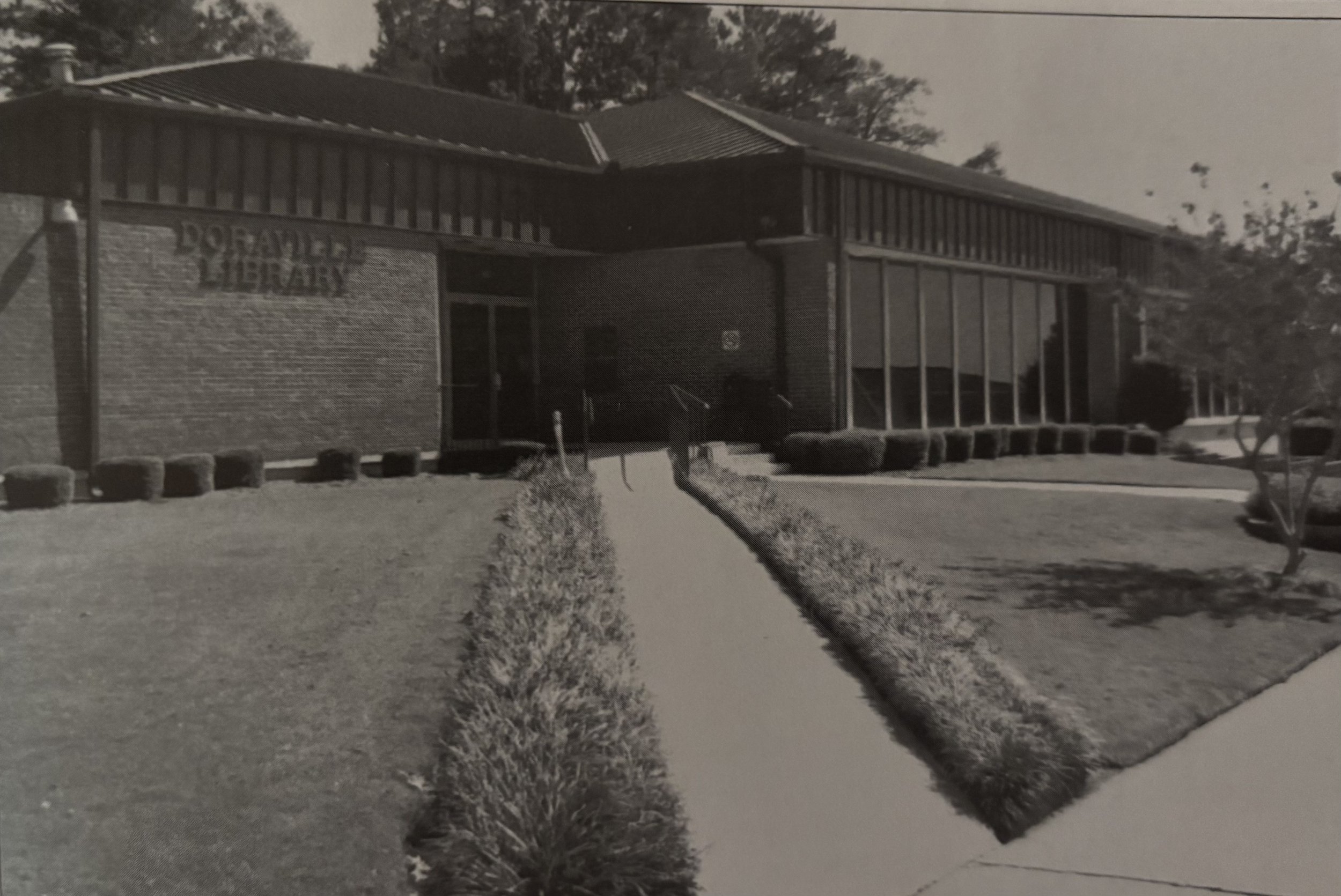Drive-in theaters of Chamblee, Doraville
The Peachtree Drive-In Theatre was on Peachtree Industrial Boulevard in Chamblee, across from where Chamblee Plaza would later open. On July 14, 1950, a grand opening was held at the drive-in.
Two locations-Treasure Island 1968, Home Depot 1979
The mid-century folded plate roof design of Treasure Island stores made them stand out. It was known as the store under the squiggly roof.
DeKalb County Schools survey 1916, Doraville and Tucker
I recently came across a book online titled “Educational Surveys of DeKalb and Union County Georgia,” dated 1916. It includes photos and short descriptions of all the DeKalb County Schools at the time. I was glad to discover the DeKalb History Center had a copy of the book and went to see it in their archives.
Peachtree Industrial Blvd. 1958, Peachtree Blvd. 2008
The October 26, 1958 Atlanta Journal newspaper printed an article titled, “Peachtree leads new south to shiny industrial future.” The article announced a new four-lane highway called Peachtree Industrial Boulevard. “North of Atlanta, slashed across the flat red plain of the Piedmont, a vibrant symbol of the new south flourishes.”
Moonshine stories
When Ralph Glaze was a boy growing up along Winters Chapel and Peeler Road, he remembers the rumor of moonshine production between Happy Hollow and Winters Chapel Road along what is now Dunwoody Club Drive. Adults used to say, “don’t go down there,” sometimes using the story of a monster to keep children away.
History of Doraville Library
The land for the first Doraville library was donated by Dr. J. E. Flowers and E. S. Grant. The $18,488 cost was covered by DeKalb County bond funds in 1953. Three thousand books were loaned from the Decatur DeKalb Regional Library. There were plans to raise money for a permanent book collection.
Prospect Methodist and Prosperity Presbyterian Churches in Chamblee
According to Vivian Price Saffold’s History of DeKalb County, the congregation of Prospect Methodist Church gathered in a log building located behind the existing church as early as 1827. The 1885 church was originally built with two entrances, one for women and one for men, which was common at that time.
Doraville School
Doraville School was first established by John Y. Flowers in 1866 in the area that became Flowers Park. Later, it moved across the street next door to the Doraville Associate Reformed Presbyterian Church at Church and Central Street. (“Images of America: Doraville,” Bob Kelley)


